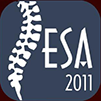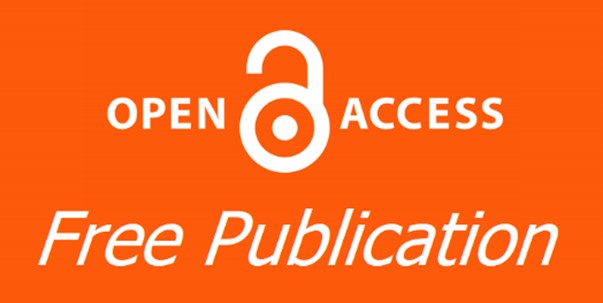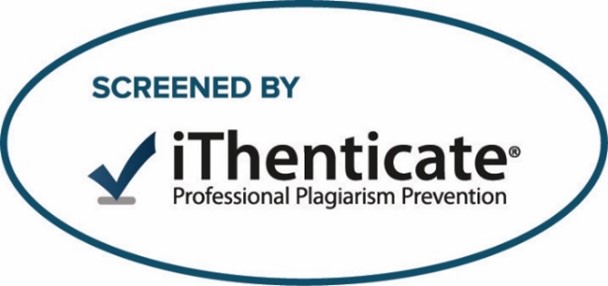Article Type
Review
Abstract
Background: While posterior fossa decompression remains the cornerstone of surgical management for Chiari malformation type I (CM-I), atlantoaxial fusion (AAF) has been proposed as a potential surgical alternative. However, the evidence supporting AAF—especially for the simple CM-I variant without instability—remains limited and largely theoretical. This review systematically evaluates the available literature to assess whether AAF can be justified as a routine alternative to posterior fossa bony decompression or if its application should remain restricted to select cases.
Methods: Our search on the surgical modalities for CM-I was performed on November 5, 2023, using the following databases: PubMed, Medline, Web of Science, and Scopus. We imposed no date, region, language, or type of study restriction. The following keywords and MeSH terms were used: Chiari malformation, Chiari malformation type-I, AAF, Atlantoaxial dislocation (AAD), Atlantoaxial instability, Posterior fossa decompression and Basilar invagination (BI). Our search produced 84 articles, of which 20 duplicate articles were excluded and 64 articles were screened. Of these, 44 articles were excluded, leaving only 20 articles to evaluate for eligibility. A total of 15 articles were included for review in this study.
Results: Current literature suggests that AAF is an evolving treatment strategy for CM-I, especially in patients with craniocervical instability or basilar invagination. While posterior fossa bony decompression remains the standard surgical intervention, some studies proposed that fixation alone, without bony decompression, may alleviate/reverse symptoms by stabilizing the craniovertebral junction. This approach is particularly considered in patients with associated atlantoaxial instability or subtle radiological markers. However, its role remains debated, emphasizing the need for individualized assessment within the Chiari malformation spectrum.
Conclusion: There is insufficient evidence supporting the role of AAF and distraction in patients with pure CM-I with foramen magnum compromise and symmetrical C1-C2 joints without detectable occipitocervical and/or C1-C2 instability or basilar invagination. On the contrary, AAF and distraction seem to be reasonable options in selected cases of complex CM-I (i.e., with instability such as AAD/BI/torticollis/asymmetrical joints).
Keywords
Chiari malformation type-I, Atlantoaxial fusion, Atlantoaxial instability, Basilar invagination
How to Cite This Article
Elwardany, Omar; Mahmoud, Mohamed Hassan; and Abou-Madawi, Ali
(2024)
"Posterior Atlantoaxial Fusion with Distraction in the Management of Patients with Chiari Malformation Type I: A Systematic Review of the Literature,"
Advanced Spine Journal: Vol. 43
:
Iss.
1
, Article 12.
Available at: https://doi.org/10.57055/2974-4822.1316




















